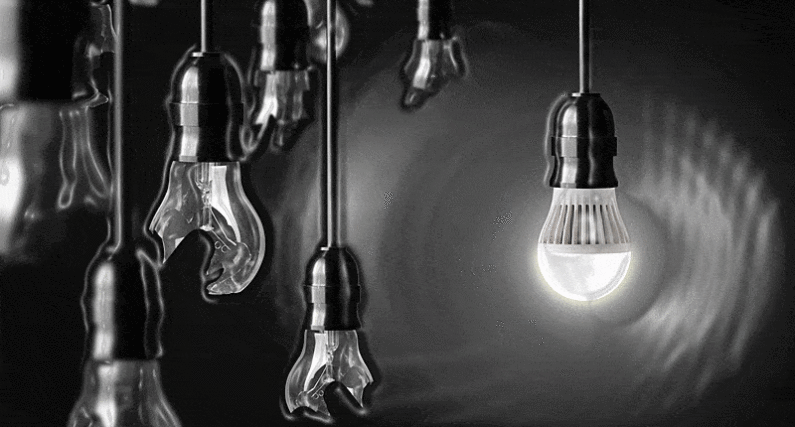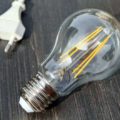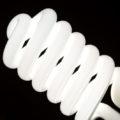Accidents happen. You may of heard that certain light bulbs can contain toxic chemicals and while it is a small amount we’ve compiled a list of the safest possible actions to take if your light bulb does break.
CFL Light Bulbs and Fluorescent Tubes
- If the lamp was broken in a luminaire turn off the power to it to eliminate the chance of electric shock
- If the lamp was recently on be careful as certain parts may be hot
- Use gloves to protect your hands from any mercury that may be clinging to the broken glass fragments as well as protecting your hands from the sharp shards of glass
- Children should leave the room due to mercury and broken glass
- Leave the room for 15-30 minutes and make sure the room is ventilated – windows open etc.
- After ventilating the area, gather up large pieces of glass and put them in a sealed container
- You should then take the container with the large glass pieces in it to a collection point for waste lamps. If you have to store them in the mean time, try to store them outside,
If the lamp was broken on even flooring e.g. tiles
- Pick up the remaining small glass pieces with, for example, a stiff piece of cardboard
- Thoroughly wipe the surface at least twice with disposable household towels
If the lamp was broken on carpet
- It is recommended to vacuum the carpet for at least 5 minutes with the windows open
- After hoovering ventilate the room for 15 minutes and repeat the procedure at least twice
- If possible, clean and air the carpet outside
- Wipe the nozzle of the hoover and immediately remove the bag or thoroughly clean the dust container. Leave the vacuum cleaner running outside for at least 15 minutes
- All used materials (gloves, pieces of cardboard, household towels, vacuum cleaner bag and dust from bag-less vacuum cleaner) can all be disposed of in household waste but should be removed from inside the house immediately
- The room should be ventilated after all lamp remains have been removed
LED Light Bulbs
While not classified as Toxic, there may be a small amount of toxins in an LED light bulb. The amount is too small to cause any potential danger but care should still be taken if the light bulb breaks. Use gloves and a dedicated broom to sweep up the glass and dispose of it as soon as possible. LED light bulbs and products used to clean up after the light bulb can be disposed of in the household waste as the government has not declared them as toxic. LED light bulbs are made from plastic not glass so are harder to break than other light bulbs.
For more information see: Lamp Safety and Disposal




